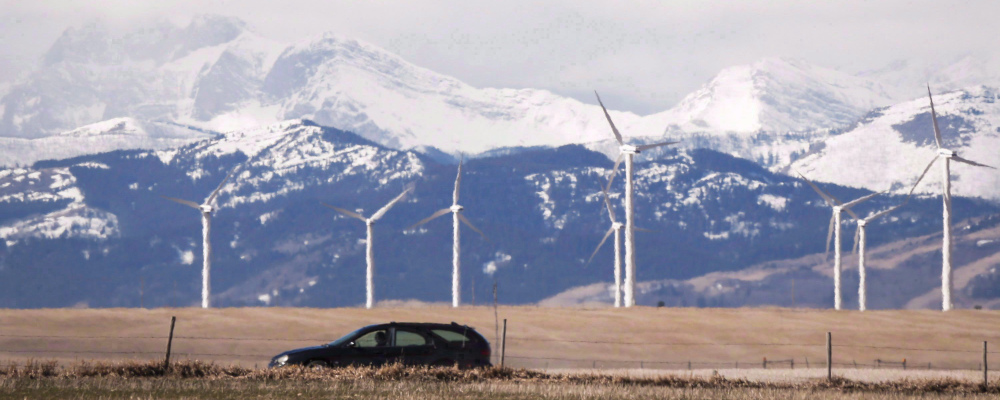During the pandemic, due to government policies including school closures, some Canadian parents have sought alternatives to their local public schools such as independent schools, homeschooling, or small education collectives and learning pods. Yet new research shows this trend predates the pandemic. A greater proportion of Canadian K-12 students were already enrolling in independent schools in 2019/20.
And at the same time, a declining share of Canadian parents are enrolling their children in their local government-run public school.
Independent schools operate autonomously outside of the government public school system. While the level of regulation varies depending on the province, these K-12 schools are typically more flexible with their educational approach.
Between 2006/07 (the earliest year of available data for all school types) and 2019/20 (the most recent year available), independent school enrolment in Canada increased from 6.7 percent to 7.6 percent. The proportion is higher in some provinces. In 2019/20, more than one in every eight students in British Columbia, and almost one in 10 students in Quebec, were enrolled in independent schools.
On the low end, Newfoundland and Labrador (1.6 percent) and New Brunswick (1.3 percent) had basically a rounding error level of students enrolled in independent schools in 2019/20. Unlike B.C. and Quebec, neither of these Atlantic provinces allow any portion of parents’ tax dollars to follow their children to schools of their choice.
Nevertheless, an increasing proportion of Canadian families are choosing independent schools despite the financial sacrifice this requires for most families. Five of 10 provinces allow a portion of parents’ tax dollars to follow their children to schools of their choice—independent schools or government public schools (which receive significantly more funding). While many independent schools offer bursaries and scholarships, typically parents still must pay tuition to cover the cost difference.
Why are families choosing independent schools?
For starters, they offer a variety of pedagogical and curricular approaches that differ from one-size-fits-all government public schools. Almost half of independent schools in Canada have a specific cultural or religious focus, according to earlier research.
Other schools offer Montessori, Waldorf, Emilio Reggio, or Forest School programming. For some children, smaller schools or stronger academic, arts, or sports programs are a better fit. Specialty schools comprise about 30 percent of independent schools in Canada. Many independent schools also offer tailored attention to address exceptional learning or behavioural needs. Simply finding a school that has a differing approach to bullying may also be a driving factor.
Of course, many Canadians likely still believe that independent schools only serve Canada’s elite. But research has found that only 4.7 percent of the independent schools in Canada were elite university preparatory schools, meaning more than 95 percent of Canadian independent schools were not.
Further research showed that when the small proportion of elite independent schools is removed from the analysis, the average income of families with children in independent schools in B.C. (the province with the highest level of independent school attendance in Canada) is essentially the same as families with children attending government public schools; only a 1.9 percent difference.
Again, despite the financial sacrifice, an increasing share of Canadian families are choosing independent schools because they feel they’re a better fit for their children. Provincial governments can increase access to independent schools for all families, regardless of income, by allowing a greater portion of parents’ tax dollars to go to their chosen school, and funding lower-income families at higher levels.
Even before COVID, finding the right school for every child was a priority for families. It should be a priority for provincial governments, too.
Recommended for You

DeepDive: Two-parent families: why they’re so important—and why there’s cause for concern in Canada

Sean Speer: The federal government needs to back off—and the provinces need to step up

Michael Geist: The University of Windsor ends its pro-Palestine campus encampment—but violates antisemitism and academic freedom standards

Kristina Acri: The Trudeau government’s universal pharmacare is a flawed plan that will have serious unintended consequences








